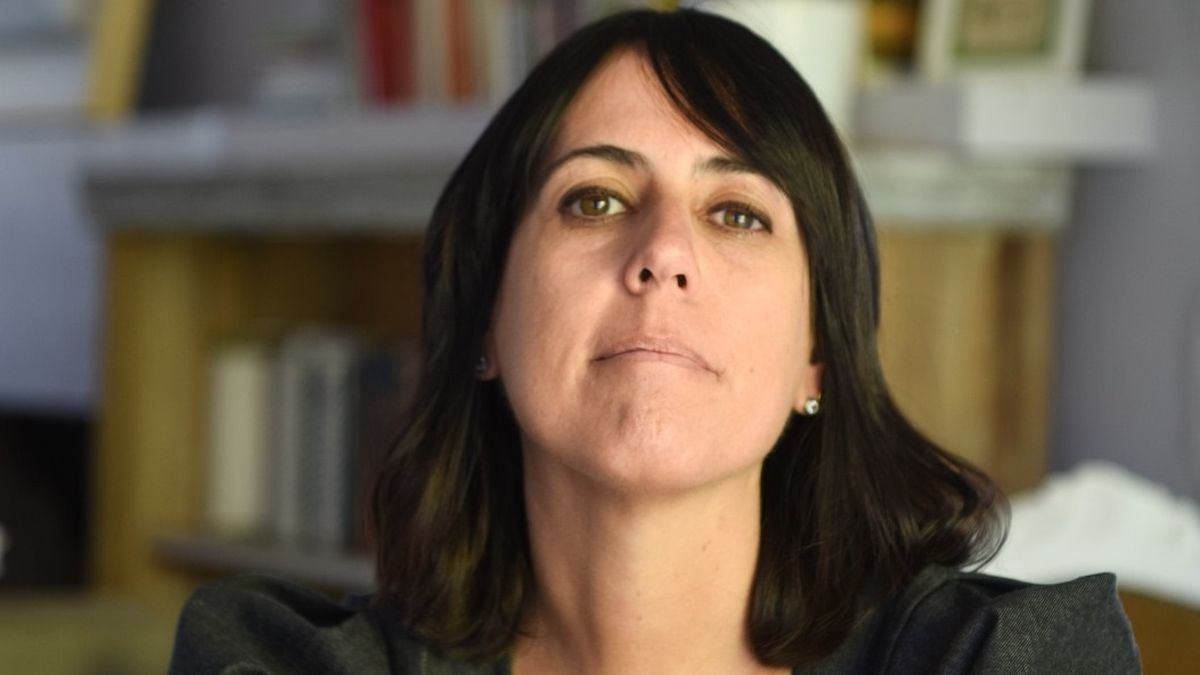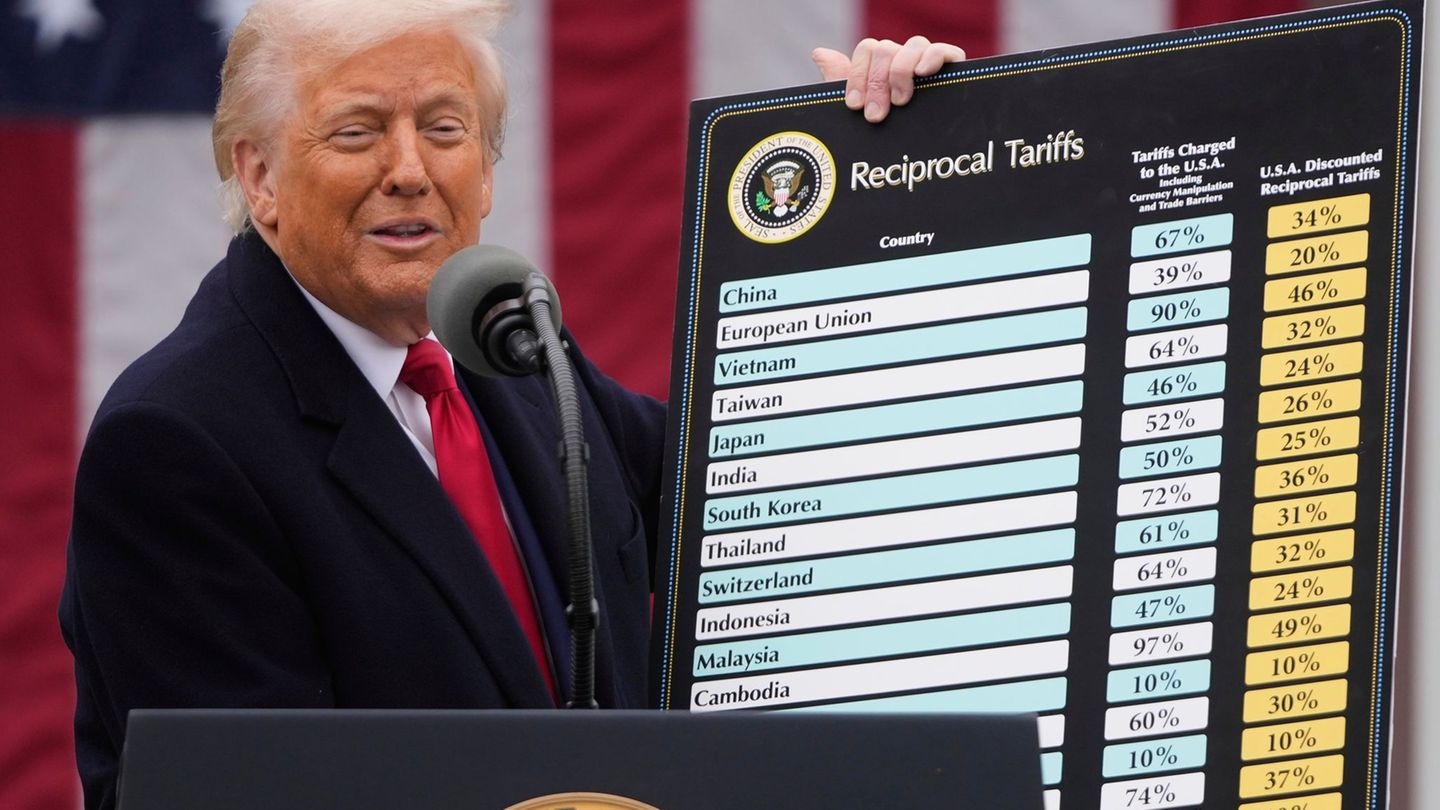The campus that Peron decided to build in San Miguel de Tucumán serves as the background for the love story of two architects working on that project, in “City, 1951” of Maria Wolf (Tusquets), “an ode to intimate conversation” where they sometimes cross paths Italo Calvino and Tomas Maldonado. WolfDoctor of Humanities, with this book she received the Novel Prize from the National Endowment for the Arts.
Journalist: What led you to use the university campus that Perón planned in San Miguel de Tucumán as the setting for your novel?
Maria Wolf: Towards the end of the 1940s, Perón assigned Horacio Descole, rector of the National University of Tucumán, funds to develop a University City, which would be the largest university residence in Latin America, on the San Javier hill plateau. Argentine and European architects worked on this unprecedented project. The campus would be connected to the city and the university by its own communication routes, traces of which still remain. In 1951, the project, which could accommodate more than 30,000 students, was in full construction, and that is where architects Benita and Charles, the protagonists of the novel, went. They, who have the ability to remember the future, know that the campus will never come to fruition. In reality, it will be discarded by the Liberating Revolution, after Perón was overthrown. This feat is mentioned very briefly in the novel because he did not want it to be an architectural historical account, which there are some very good ones. I used that real background and tried to take advantage of its weight to get to the intimate conversation of a couple of young architects working on that project.
Q: So you unite two projects, the architectural and the sentimental, that remain unfinished?
ML: On the walk from San Miguel to the construction site, Benita and Charles build their love story by talking about a wide variety of topics: vocation, the relationship between architecture and life, the possibilities of a transcendent love, at what stage the colossal project they are working on will fail. By remembering the future, one of the two knows that they will not end up together. And it is Charles who is, at the same time, the one who has the project for the relationship with Benita.
P.: They discuss dreams and ideas, the only sexual relationship is brief, a break to continue talking.
ML: Theirs is a conversational love. That is something I have been working on in my books, that love does not go through the sexual moment. I suppose that not worrying about developing eroticism is related to the literature that interests me, and to the fact that I have an unwavering faith in conversation. I think it is the way to connect not only in love. They talk, without thinking that they are talking about themselves, about the love that does not last over time. Conversation is the place of knowing the other and of recognizing oneself. There are times when one does not listen to the other because one has stopped to think about oneself.
Q: Did you plan for the novel to be a long conversation?
ML: No, at first it was going to have a more classic structure, with moments in which the narrator would have more prominence. As I was writing, I realized that I couldn’t cut the conversation short, so I let Charles and Benita continue chatting, because in the dialogue they were getting to know each other and transforming. Giving them that license made me very insecure, but it had the strength of the challenge.
Q: Why do you confront Charles, who is from the capital, which is in Chaco, with Benita, who being from Tucumán has traveled the world and feels provincial?
ML: The geography in the novel is displaced to take weight off the real map of Argentina. There are many capitals, Chaco is one, Buenos Aires another. I am not interested in the animosity between “the interior” and the capital. But Benita is uncomfortable with it, she considers that being named as a provincial puts her on a semantic plane of inferiority, even if it is a nickname, a constructed arbitrariness. A cultural burden. One can live and have a peripheral and disruptive thought within the imaginary borders that one does not inhabit. We are not condemned to think in terms of the place where we were born, that is why I make displacements on the map.
Q: Why is one of the characters in the novel Italo Calvino?
ML: Because Benita knew him and corresponds with him, and talks about the letters they send each other. Calvino is a writer who knew how to be contemporary, in the sense that Giorgio Agamben gives it, to stop in the time in which he is living and take distance, and look at it critically. Calvino is an inspiration for a way of looking at reality and telling it by taking away its weight. I care about how he understands love, his concept of place, of city. He is my greatest inspiration.
Q: From San Miguel de Tucumán, do those who look at what remains of the university city see it as a monument to what it was prevented from being?
ML: From San Miguel you cannot see the ruins. To see them you have to climb the mountain, walk along a winding path surrounded by the yunga, find the statue of Christ, and when you reach the top you are captivated by the ruins of that building, before which you feel small. In Tucumán there are many who do not know the history of the University City. And in some it touches a sensitive fiber because of all that it would have mobilized culturally in Tucumán, in the northern region, in Latin America. It is a place visited because next to it, next to a lake, is the Forest of Memory, where trees were planted for those who disappeared during the last dictatorship.
Q: What are you up to now?
ML: In a novel starring Charles Wagner’s grandson, who is also an architect, who has a love story in the present day. It tells of his grandfather’s failed love story with Benita.
Source: Ambito
I am an author and journalist who has worked in the entertainment industry for over a decade. I currently work as a news editor at a major news website, and my focus is on covering the latest trends in entertainment. I also write occasional pieces for other outlets, and have authored two books about the entertainment industry.




